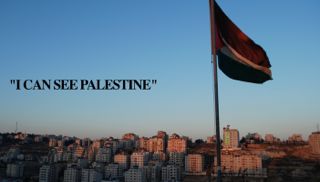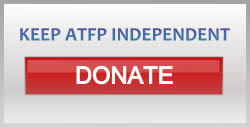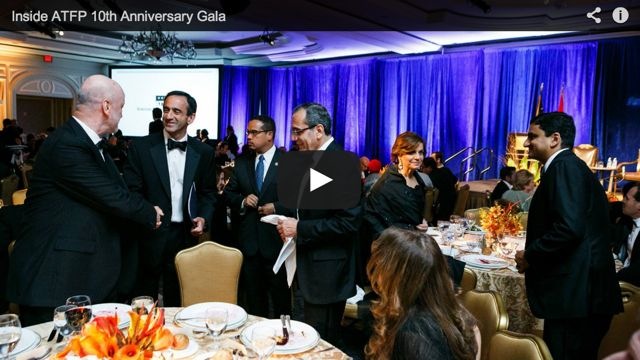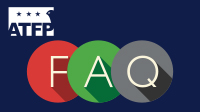In summer 2002, following a campaign of suicide bombings by Palestinian militants, the Government of Israel approved construction of a temporary 723-kilometer-long Barrier with the stated purpose of preventing Palestinian suicide bombers from entering Israel.
On 9 July 2004, the International Court of Justice (ICJ), the principal judicial organ of the United Nations, issued an advisory opinion on the Legal Consequences of the Construction of a Wall in the Occupied Palestinian Territory. The opinion recognised that Israel ‘has the right, and indeed the duty, to respond in order to protect the life of its citizens [but] the measures taken are bound nonetheless to remain in conformity with applicable international law.’ In analysing the Barrier route, the Court stated that the sections which ran inside the West Bank and East Jerusalem together with the associated gate and permit regime, violated Israel’s obligations under international law. The ICJ called on Israel to: cease construction of the Barrier ‘including in and around East Jerusalem’; dismantle the sections already completed; and ‘repeal or render ineffective forthwith all legislative and regulatory acts relating thereto.’
The ICJ also called on Israel to ‘make reparations’ for the ‘requisition and destruction of homes, businesses and agricultural holdings’ and ‘to return the land, orchards, olive groves, and other immovable property seized.’ Although this is an advisory, non-binding legal opinion, on 20 July 2004, General Assembly Resolution ES-10/15 demanded that Israel comply with the ICJ opinion. The Court also obligated member states not to recognize the illegal situation created by the Barrier and to ensure Israel’s compliance with international law.
Four years on, Barrier construction continues, with approximately 57% of the Barrier constructed and 9% under construction. The majority of the route, approximately 86%, runs inside the West Bank and East Jerusalem, rather than along the 1949 Armistice Line (Green Line). This has a major impact on Palestinian villages, towns and cities, isolating communities and separating tens of thousands of people from services, lands and livelihoods.
This report provides an analysis of the impact of the Barrier route on Palestinian communities, including updated statistics on the land and persons affected, with special reference to the declining economic situation in Qalqiliya City and the fragmentation of the Salfit district.
In the northern West Bank where the Barrier is already constructed, a restrictive permit and gate regime has severely limited the access of Palestinian farmers to their lands and water resources in the closed area between the Barrier and the Green Line. The main part of this report focuses on the village of Jayyus, most of whose productive land is cut off in the closed area. Reduced opportunity for cultivation has led to the dismantling of greenhouses, and a change to lower-maintenance but lower-yield crops. As a result, there is increased unemployment, evidence of displacement especially among young men, and the transformation of a community which formerly exported food to a recipient of food aid. The concern is that if the land to the west of the Barrier in the rest of the West Bank is declared closed by military order, and the permit and gate regime is instituted, the predicament of Jayyus, Qalqiliya and Salfit will be replicated with devastating consequences for Palestinian livelihoods.
To download the full report please click below:
| Attachment | Size |
|---|---|
| Barrier_Report_July_2008.pdf | 2.17 MB |
UNOCHA, UNRWA - August 25, 2008 - Back to Resources Page
Did we miss something?
Click here to suggest a state building resource to be added to our fast-growing archive!
















